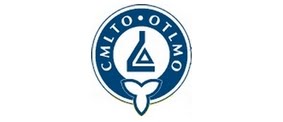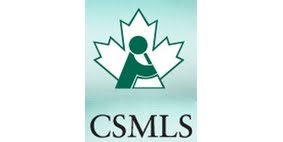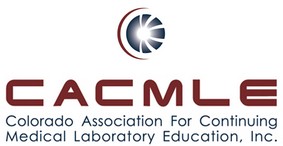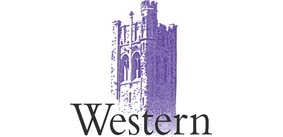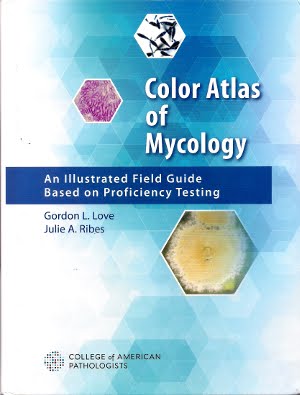Aspergillus species (in general);
There are about 180 species of Aspergillus, 20 of which are recognized as being human pathogens. Aspergillus fumigatus is the species most commonly implicated, followed by Aspergillus flavus and Aspergillus niger.Pathogenicity;
Ecology;
Aspergillus fumigatus is cosmopolitan & ubiquitous. Primarily a saprobic fungus of soils which can be found living on substrates such as plants, compost, seeds and wood chips, etc. Hospital renovations have been implicated in the dissemination of Aspergillus fumigatus which can be detrimental to the patient and a nuisance contaminant for the laboratory. Careful consideration must be given before dismissing Aspergillus fumigatus as a laboratory culture contaminant.Physiology;
A.fumigatus is rapidly growing fungus which matures in about 3 days. Aspergillus fumigatus is thermophillic, with good growth to 45oC and often up to 50oC. This ability can be used to differentiate it from other species.Colony Morphology;
The surface growth is velvety, downy or powdery, showing various shades of green, most commonly a blue-green to a grey-green with a narrow white border. The colour typically darkens with age. The reverse is white to tan to pale yellowish. Colouration or shade can be dependent on the media on which the fungus is cultured upon.Hyphae are septate with smooth walled conidiophores (usually less than 300 µm in length and 5-10 µm wide). Vesicles are subclavate in shape, roughly 20-30 µm in width. Conidiogenous cells (phialides) are flask shaped, uniseriate, compact (closely spaced), usually forming on the upper two-thirds of the vesicle and mature parallel to the axis of the conidiophore (columnar formation). Young conidial heads may radiate. Conidia are verrucose (smooth or slightly rough), (sub)spherical and about 2-3.5 µm in diameter and develop in chains.
Photos below were taken with the DMD-108 digital microscope. Magnifications are as noted. In my opinion, the uniseriate phialides (or biseriate in other species) are best visualized and determined under oil. The DMD-108 microscope has an addition optional digital magnification factor of X10 which can be utilized for even greater enlargement of features. Both adhesive tape and slide culture preparations were made and stained with Lactophenol Cotton Blue (LPCB). The formed chains of conidia were easily disrupted even with the slide culture technique. A little disappointing however the photos below were the result.
(Most photos taken with the DMD-108 digital scope, Nikon where noted.)
(Click on photo to enlarge for better viewing)
(Phialides generally on upper 2/3 of vesicle and more or less parallel to the conidiophore axis)
 Ditto (X400)
Ditto (X400)(Structure size may vary between photos under same stated magnification as a result of how the image was cropped for publishing)
 (X400) Nikon
(X400) Nikon Aspergillus fumigatus conidiophores (LPCB) (X400)
Aspergillus fumigatus conidiophores (LPCB) (X400) Aspergillus fumigatus conidiophores & free conidia (LPCB) (X400)
Aspergillus fumigatus conidiophores & free conidia (LPCB) (X400) Ditto
Ditto Aspergillus fumigatus conidiophore & conidia (LPCB) (X1000)
Aspergillus fumigatus conidiophore & conidia (LPCB) (X1000) Ditto
Ditto Aspergillus fumigatus (LPCB) (X1000)
Aspergillus fumigatus (LPCB) (X1000)Mycotoxins;
Aspergillus fumigatus produces a variety of mycotoxins, the major ones being Gliotoxin, verrucologen, fumitremorgin A & B.
Intended as computer 'wallpaper' (1024 X 768)





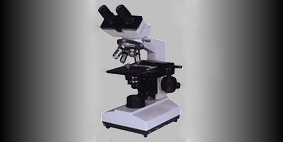.jpg)
